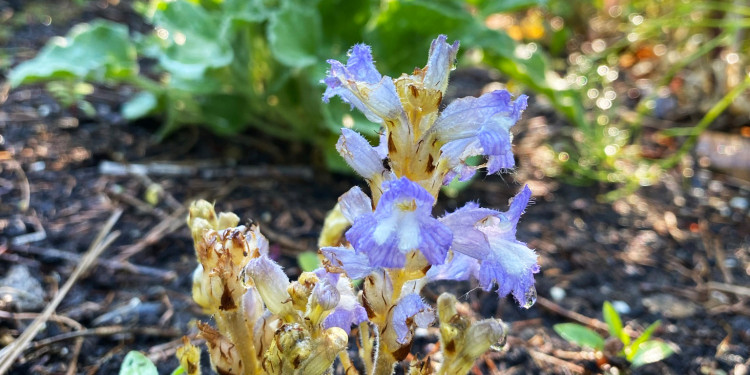

Events
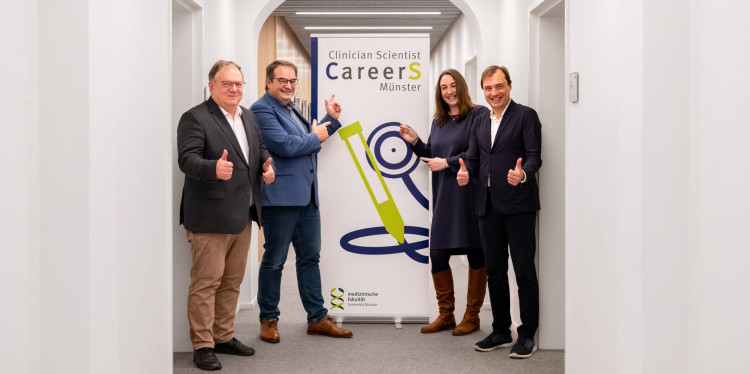
Renewed funding to support physicians engaged in research

Funding extended for Medical Scientist Programme ‘InFlame’
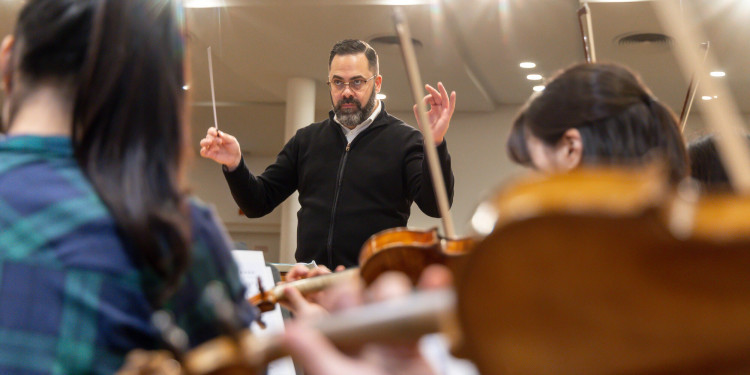
Interview: Miloš Dopsaj on the tasks, efforts and challenges of being a conductor
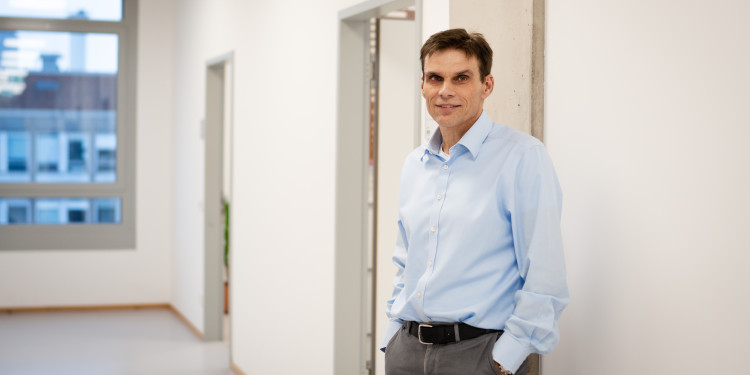
Leibniz Prize for chemist Armido Studer
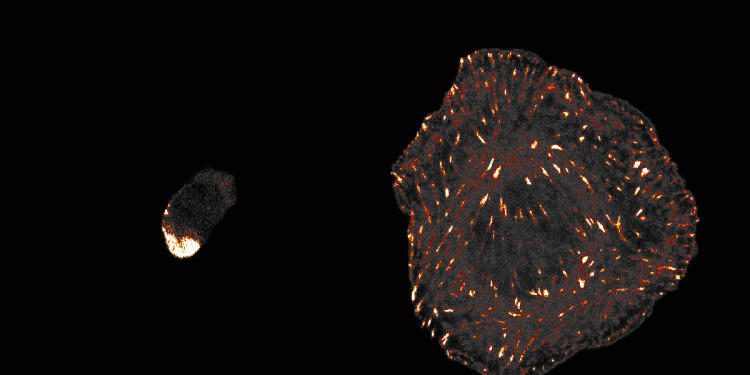
Biologists reveal ancient form of cell adhesion
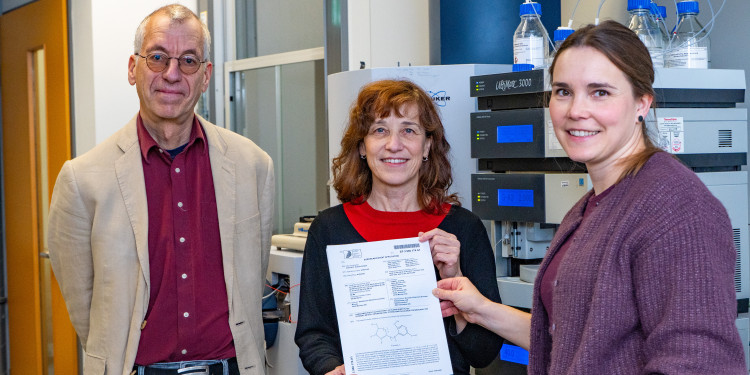
From a lime to a patent
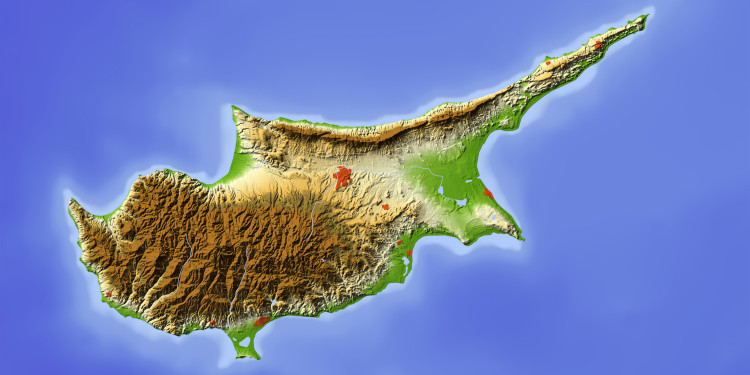
An island in the limelight

The year 2025 in figures: a look back at special events
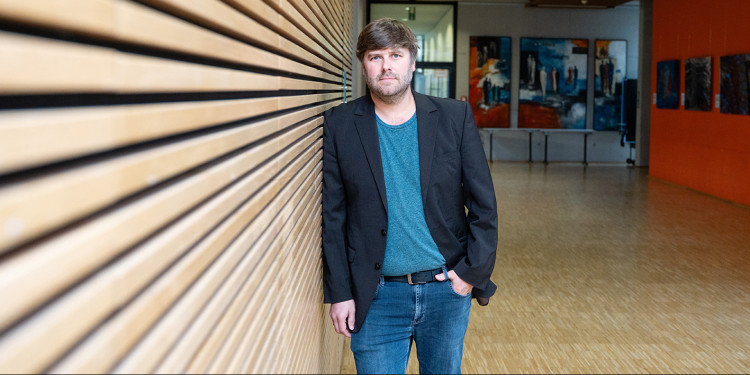
On the way to the quantum internet
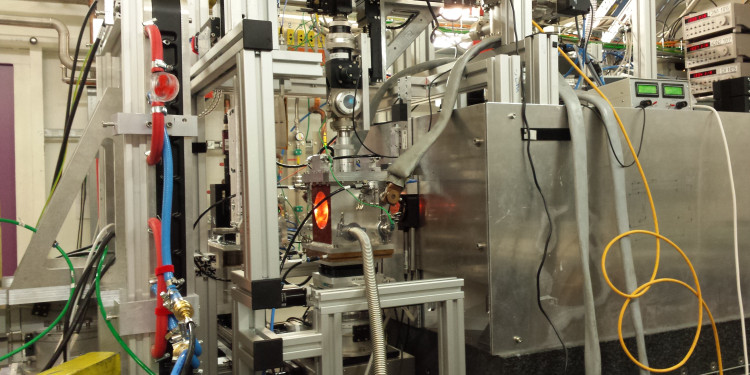
An onion core: Researchers find hints of a multilayered centre of the Earth

Prevention reduces the incidence of severe acute kidney injury after major surgery
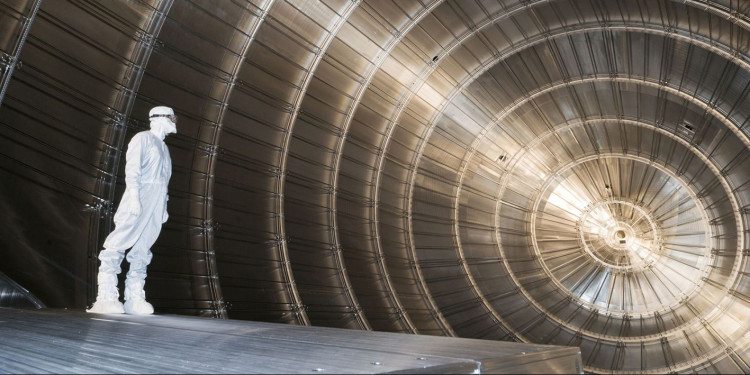
No evidence of the existence of ‘sterile neutrinos’
Your search did not match any of our news releases.
Suggestions:
- Make sure that all words are spelled correctly.
- Try different keywords.
- Try more general filters.
- Expand the period of time.

